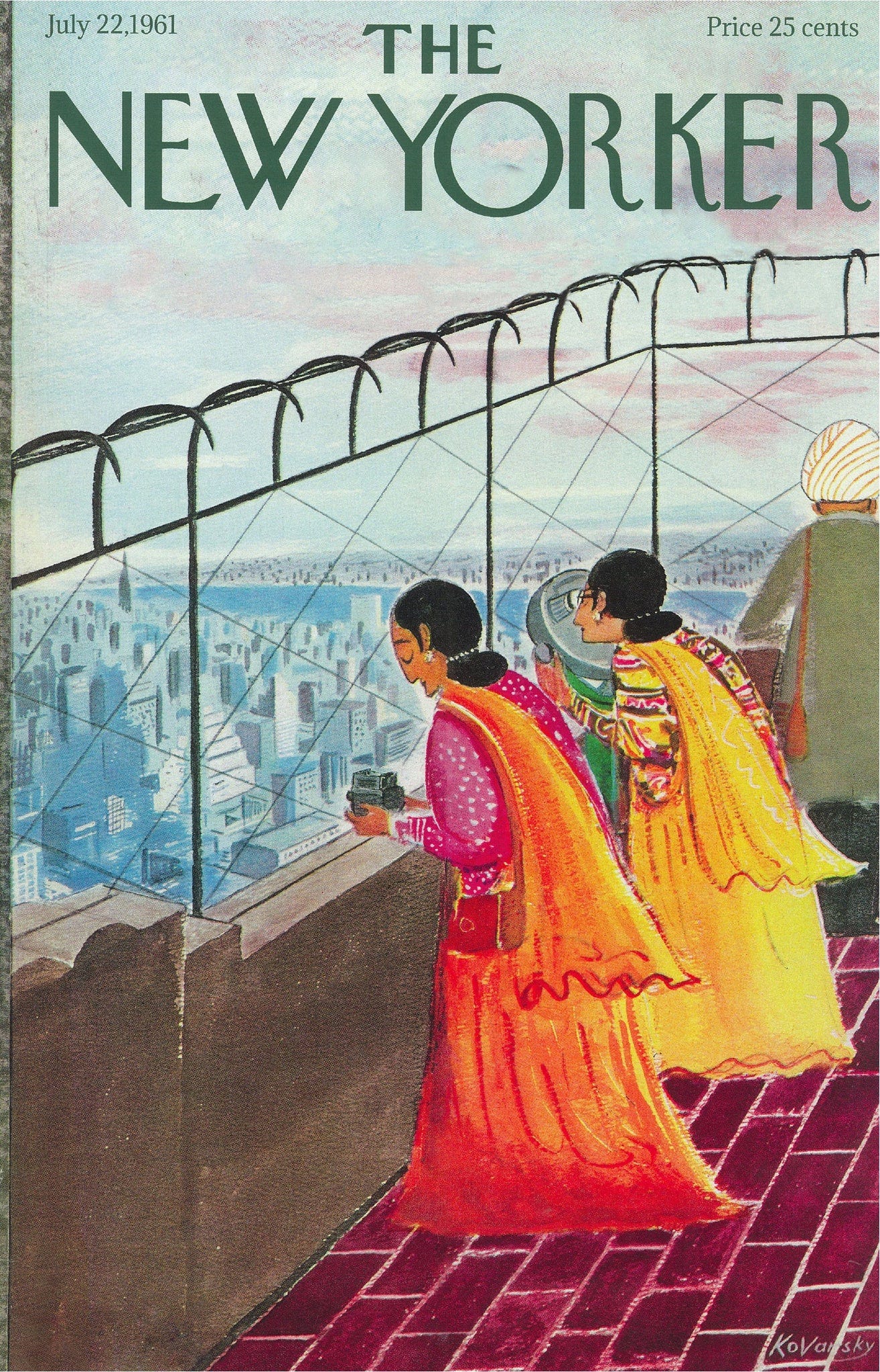Tale of Yakshis : Merging Myth and Misogyny in South Indian Narratives
Words by Keerthana Sukesh
Welcome to the Brown History Newsletter. If you’re enjoying this labour of love, please do consider becoming a paid subscriber. Your contribution would help pay the writers and illustrators and support this weekly publication. If you like to submit a writing piece, please send me a pitch by email at brownhistory1947@gmail.com.
Don’t forget to check out our SHOP and our Podcast.

Tale of Yakshis : Merging Myth and Misogyny in South Indian Narratives

In South Indian popular culture, Yakshis are depicted as bloodthirsty female ghosts who often have had a tragic human past. The actual origins of Yakshis are obscure and antiquated as they predate Vedic times. Aside from the ghoulish characterization, Yakshis were believed to be nature deities signifying trees, rivers, and hills. They were later incorporated into Hinduism, Jainism, and Buddhism during Vedic times and known to be secondary tutelary/guardian type deities to the Gods and Goddesses of the upper echelons in Hinduism. Their new servitude status is the result of widespread Brahmanization which led to appropriation and assimilation of indigenous culture into the dominant Hinduism fold. Thus began the devolvement of Yakshis, much like the fate of the Valkyries, Fairies, Leprechauns, and Djinns, which were also usurped by dominating religions. The misogynistic and casteist downfall of Yakshis into demonic and evil female spirits was then popularized in Kerala literature starting from Kottarathil Sankunni’s ‘Aithihymala’ to Malayatoor Ramakrishnan’s ‘Yakshi’.


